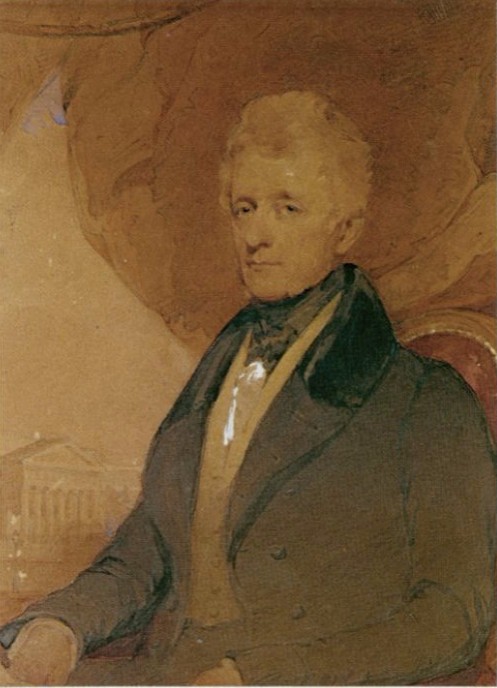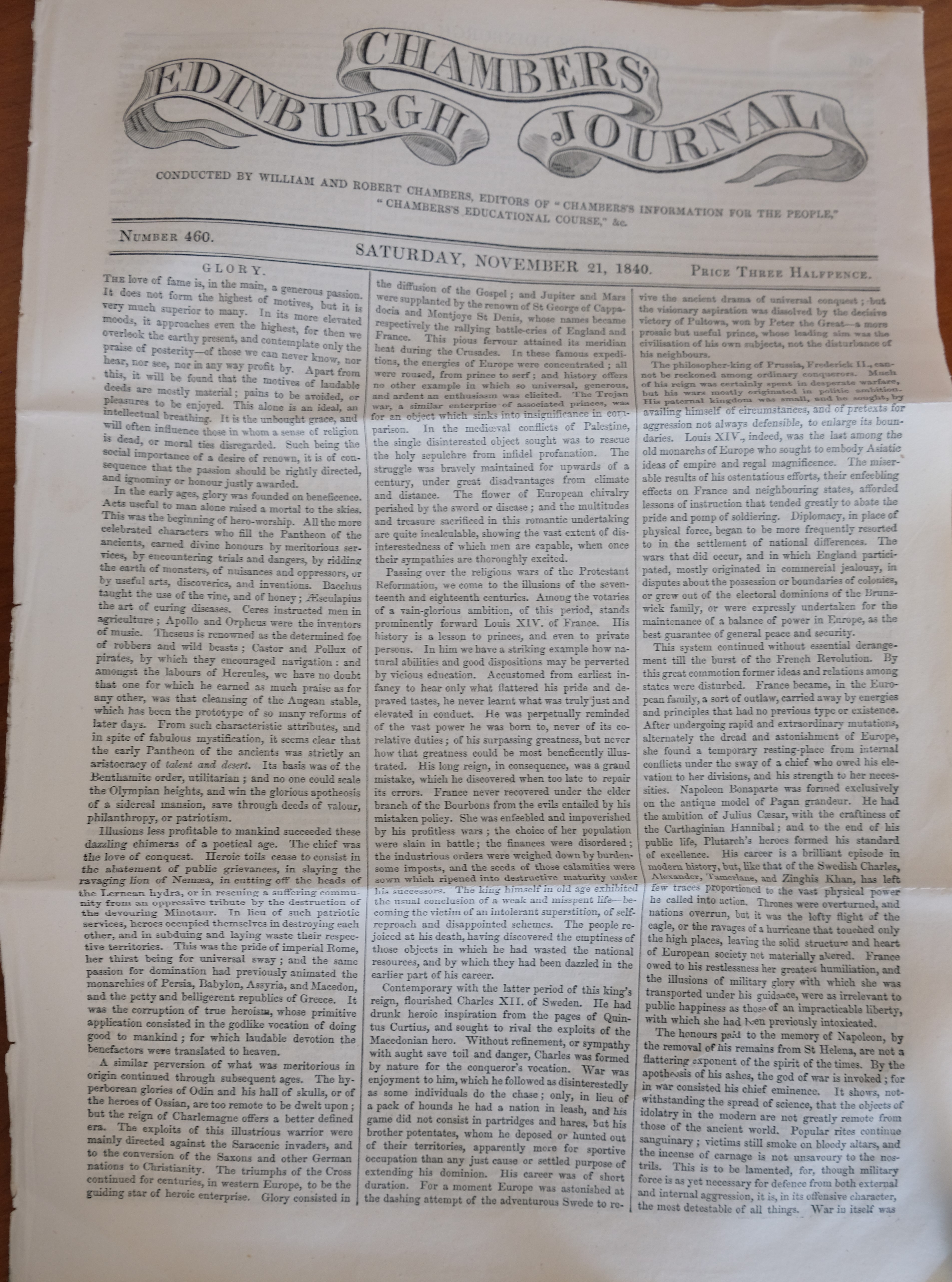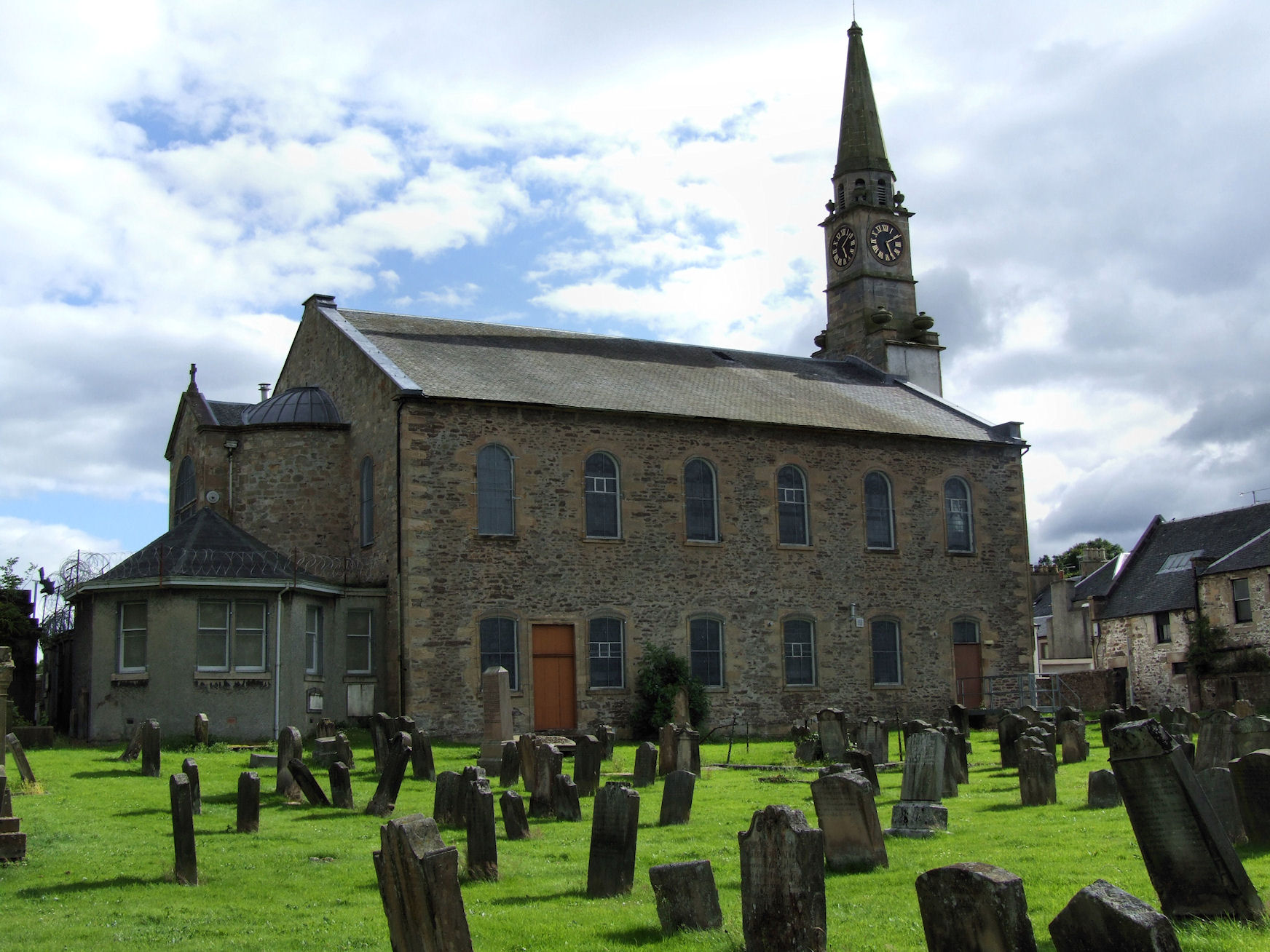|
Tillietudlem
Tillietudlem is a fictional castle in Walter Scott's 1816 novel ''Old Mortality'', and a modern settlement in South Lanarkshire, Scotland. Interest in Scott's novel attracted visitors to its supposed inspiration, Craignethan Castle, and a railway station built nearby was named after the fictional attraction. Houses built near the station developed into the modern hamlet of Tillietudlem. Tillietudlem Castle In the Autumn of 1799 the poet Walter Scott made a brief visit to Craignethan Castle, and was enraptured by the scene. When Scott wrote his novel ''Old Mortality'', published in 1816, he set it in South Lanarkshire during the late 17th century conflicts between Royalists and Covenanters, with a mixture of fictional and historical names of people and places. The plot largely takes place in and around the fictional Tillietudlem Castle: Scott's biographer John Gibson Lockhart later wrote that "The name ''Tillietudlem'' was no doubt taken from the ravine under the old castle of Lan ... [...More Info...] [...Related Items...] OR: [Wikipedia] [Google] [Baidu] |
Old Mortality
''Old Mortality'' is one of the Waverley novels by Walter Scott. Set in south west Scotland, it forms, along with ''The Black Dwarf'', the 1st series of his ''Tales of My Landlord'' (1816). The novel deals with the period of the Covenanters, featuring their victory at Loudoun Hill (also known as the Battle of Drumclog) and their defeat at Bothwell Bridge, both in June 1679; a final section is set in 1689 at the time of the royalist defeat at Killiekrankie. Scott's original title was ''The Tale of Old Mortality'', but this is generally shortened in most references. Composition and sources On 30 April 1816 Scott signed a contract with William Blackwood for a four-volume work of fiction, and on 22 August James Ballantyne, Scott's printer and partner, indicated to Blackwood that it was to be entitled ''Tales of My Landlord'', which was planned to consist of four tales relating to four regions of Scotland. In the event the second tale, ''Old Mortality'', expanded to take up the ... [...More Info...] [...Related Items...] OR: [Wikipedia] [Google] [Baidu] |
Craignethan Castle
Craignethan Castle is a ruined castle in South Lanarkshire, Scotland. It is located above the River Nethan, a tributary of the River Clyde, at . The castle is two miles west of the village of Crossford, and 4.5 miles north-west of Lanark. Built in the first half of the 16th century, Craignethan is recognised as an excellent early example of a sophisticated artillery fortification, although its defences were never fully tested. History The barony of Draffane, in which Craignethan was located, was a property of the Black Douglases until their forfeiture in 1455. The land was granted to the Hamilton family, and in 1530 was given by James Hamilton, 1st Earl of Arran to his illegitimate son James Hamilton of Finnart. James Hamilton of Finnart had travelled in Europe, and had become an accomplished architect and military engineer. Appointed Kings Master of Works, he was responsible for the defences at Blackness Castle, as well as the renaissance facades of Linlithgow Palace. At Craig ... [...More Info...] [...Related Items...] OR: [Wikipedia] [Google] [Baidu] |
Tillietudlem Railway Station
Tillietudlem railway station served Tillietudlem, a village in South Lanarkshire, Scotland Scotland (, ) is a country that is part of the United Kingdom. Covering the northern third of the island of Great Britain, mainland Scotland has a border with England to the southeast and is otherwise surrounded by the Atlantic Ocean to the .... It opened in 1876 and was closed in 1951. References {{SouthLanarkshire-railstation-stub Disused railway stations in South Lanarkshire Railway stations in Great Britain closed in 1876 Railway stations in Great Britain closed in 1951 Former Caledonian Railway stations Railway stations in Great Britain opened in 1876 ... [...More Info...] [...Related Items...] OR: [Wikipedia] [Google] [Baidu] |
Lanarkshire
Lanarkshire, also called the County of Lanark ( gd, Siorrachd Lannraig; sco, Lanrikshire), is a historic county, lieutenancy area and registration county in the central Lowlands of Scotland. Lanarkshire is the most populous county in Scotland, as it contains most of Glasgow and the surrounding conurbation. In earlier times it had considerably greater boundaries, including neighbouring Renfrewshire until 1402. Lanarkshire is bounded to the north by the counties of Stirlingshire and Dunbartonshire (this boundary is split into two sections owing to Dunbartonshire's Cumbernauld exclave), to the northeast by West Lothian and Mid Lothian, to the east by Peeblesshire, to the south by Dumfriesshire, and to the west by Ayrshire and Renfrewshire. Administrative history Lanarkshire was historically divided between two administrative areas. In the mid-18th century it was divided again into three wards: the upper, middle and lower wards with their administrative centres at Lanark, Hamil ... [...More Info...] [...Related Items...] OR: [Wikipedia] [Google] [Baidu] |
Crossford, South Lanarkshire
Crossford is a village in South Lanarkshire, Scotland. Crossford lies on the A72, alongside the River Clyde and the River Nethan, north west of Lanark and south east of Hamilton Hamilton may refer to: People * Hamilton (name), a common British surname and occasional given name, usually of Scottish origin, including a list of persons with the surname ** The Duke of Hamilton, the premier peer of Scotland ** Lord Hamilt .... It is home to a pub, the Tillietudlem Inn, and a village shop. The nearest primary school, Underbank Primary, is situated just out of Crossford whilst the nearest secondary is in Carluke, though pupils from the village attend Lanark Grammar School. The 317 bus service runs every 90 minutes to Hamilton and Lanark. The 40-mile long Clyde walkway footpath from Lanark to Glasgow passes through Crossford. References External links * Villages in South Lanarkshire {{SouthLanarkshire-geo-stub ... [...More Info...] [...Related Items...] OR: [Wikipedia] [Google] [Baidu] |
Blackwood, South Lanarkshire
Blackwood is a village which borders Kirkmuirhill, near Lanark in the central belt of Scotland. It has a few small shops, a Roman Catholic church and a couple of primary schools. Location Blackwood sits adjacent to the M74 motorway - Scotland's main arterial route South to England - but remains a quiet village and a much sought-after place to stay. Blackwood is linked to (and physically runs into) the neighbouring village of Kirkmuirhill, so-much-so that there is no physical sign of where one starts and the other ends, although many argue that the line is drawn just Parallel to the row of shops . Local life Churches Kirkmuirhill Church of Scotland (technically in neighbouring Kirkmuirhill), Hope Church Blackwood & Kirkmuirhill (Free Church of Scotland), St. John's R.C. Church and Kirkmuirhill Gospel Hall look after the spiritual needs of villagers. Schools There are two primary schools, St. John's R.C. Primary School and Blackwood Primary School. However there is a third ... [...More Info...] [...Related Items...] OR: [Wikipedia] [Google] [Baidu] |
River Nethan
The River Nethan is a river which flows between Glenbuck in East Ayrshire and Crossford, South Lanarkshire where it feeds into the River Clyde, with the town of Lesmahagow and surrounding villages sitting on the river course. The area of woodland surrounding the River Nethan at Crossford and Auchenheath has been declared a site of special scientific interest and forms a part of the Clyde Valley Woodlands National Nature Reserve as Nethan Gorge. Craignethan Castle Craignethan Castle is a ruined castle in South Lanarkshire, Scotland. It is located above the River Nethan, a tributary of the River Clyde, at . The castle is two miles west of the village of Crossford, and 4.5 miles north-west of Lanark. Built ..., a 16th-century fortification, overlooks the river. References Nethan Nethan River Clyde {{Scotland-river-stub ... [...More Info...] [...Related Items...] OR: [Wikipedia] [Google] [Baidu] |
Caledonian Railway
The Caledonian Railway (CR) was a major Scottish railway company. It was formed in the early 19th century with the objective of forming a link between English railways and Glasgow. It progressively extended its network and reached Edinburgh and Aberdeen, with a dense network of branch lines in the area surrounding Glasgow. It was absorbed into the London, Midland and Scottish Railway in 1923. Many of its principal routes are still used, and the original main line between Carlisle and Glasgow is in use as part of the West Coast Main Line railway (with a modified entry into Glasgow itself). Introduction In the mid-1830s, railways in England evolved from local concerns to longer routes that connected cities, and then became networks. In Scotland it was clear that this was the way forward, and there was a desire to connect the Central Belt to the incipient English network. There was controversy over the route that such a line might take, but the Caledonian Railway was formed on ... [...More Info...] [...Related Items...] OR: [Wikipedia] [Google] [Baidu] |
James Skene
James Skene of Rubislaw (1775–1864) was a Scottish lawyer and amateur artist, best known as a friend of Sir Walter Scott. Life The second son of George Skene (1736–1776) of Rubislaw, Aberdeen and his wife Jane (Jean) Moir of Stoneywood, he was born at Rubislaw, Aberdeen on 7 March 1775. In 1783 Jane, George Skene’s widow, moved to Edinburgh for the education of her seven children. James Skene attended Edinburgh high school. An elder brother died in 1791, and James became heir of Rubislaw. At 21 he went to Germany as a student, and, returning to Edinburgh, was admitted to the Scottish bar as an advocate in 1797. His friendship with Sir Walter Scott was built on his knowledge of German literature. In 1797 Skene became cornet of the Edinburgh Light Horse, the regiment largely organised by Scott, who was himself its quartermaster, secretary, and paymaster. In 1802 Skene revisited the continent of Europe, for a time in company with George Bellas Greenough; and he became a me ... [...More Info...] [...Related Items...] OR: [Wikipedia] [Google] [Baidu] |
William Chambers (publisher)
William Chambers of Glenormiston (; 16 April 180020 May 1883) was a Scottish publisher and politician, the brother (and business partner) of Robert Chambers. The brothers were influential in the mid-19th century, in both scientific and political circles. Biography Chambers was born in Peebles the son of James Chambers a cotton mill owner, said to have 100 looms in his factory, and his wife, Jean Gibson. William was educated locally, but well, being trained in the Classics. The family moved to Edinburgh in 1814 to work in the book-selling trade. William was apprenticed to a John Sutherland, a bookseller with a circulating library based a 9 Calton Street at the base of Calton Hill. William was paid 4/- per week from which he paid 1/6 per week for lodgings at Boak's Land off the West Port at the west end of the Grassmarket. William opened his own bookshop in 1819 on Broughton Street, an ancient sloping and winding street absorbed by Edinburgh's New Town. In 1820 he beg ... [...More Info...] [...Related Items...] OR: [Wikipedia] [Google] [Baidu] |
Robert Chambers (publisher Born 1802)
Robert Chambers (; 10 July 1802 – 17 March 1871) was a Scottish publisher, geologist, evolutionary thinker, author and journal editor who, like his elder brother and business partner William Chambers, was highly influential in mid-19th-century scientific and political circles. Chambers was an early phrenologist in the Edinburgh Phrenological Society. He was also the anonymous author of ''Vestiges of the Natural History of Creation'', which was so controversial that his authorship was not acknowledged until after his death. Early life Chambers was born in Peebles in the Scottish Borders 10 July 1802 to Jean Gibson (''c''. 1781–1843) and James Chambers, a cotton manufacturer. He was their second son of six children. The town had changed little in centuries. The town had old and new parts, each consisting of little more than a single street. Peebles was mainly inhabited by weavers and labourers living in thatched cottages. His father, James Chambers, made his living as a cott ... [...More Info...] [...Related Items...] OR: [Wikipedia] [Google] [Baidu] |
Lesmahagow
Lesmahagow ( ; sco, Lismahagie or ''Lesmahagae'', gd, Lios MoChuda) is a small town in the historic county of Lanarkshire on the edge of moorland, near Lanark in the central belt of Scotland. Lesmahagow was also a civil parish. It lies west of the M74, and southeast of Kirkmuirhill. It is also known as Abbey Green or the Gow. Etymology The name means "Enclosure (meaning a walled area, like a monastery or fort) of St Machutus". The saint was born in Wales and may originally have been known as ''"Mahagw"'' prior to emigrating to Brittany where he became known by the Latinised form of the name and also as "St Malo". It is also possible that the first syllable may mean "garden" rather than "monastery", although Mac an Tailleir (2003) believes the former was altered from the latter in Gaelic. Religion The town has three Christian congregations, namely Lesmahagow Old Parish Church of the Church of Scotland and Abbeygreen Church of the Free Church of Scotland and an Evangel ... [...More Info...] [...Related Items...] OR: [Wikipedia] [Google] [Baidu] |

.jpg)




